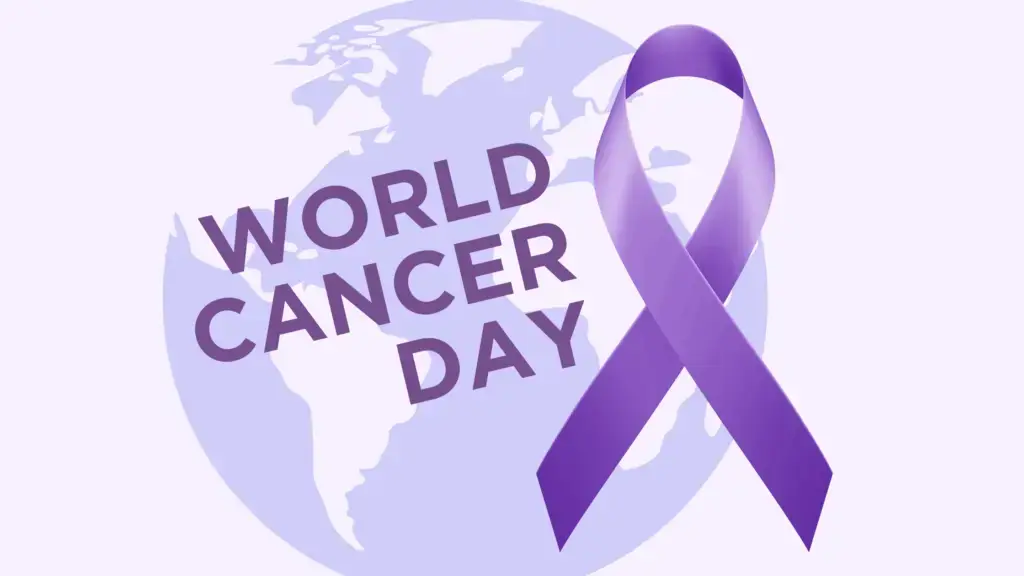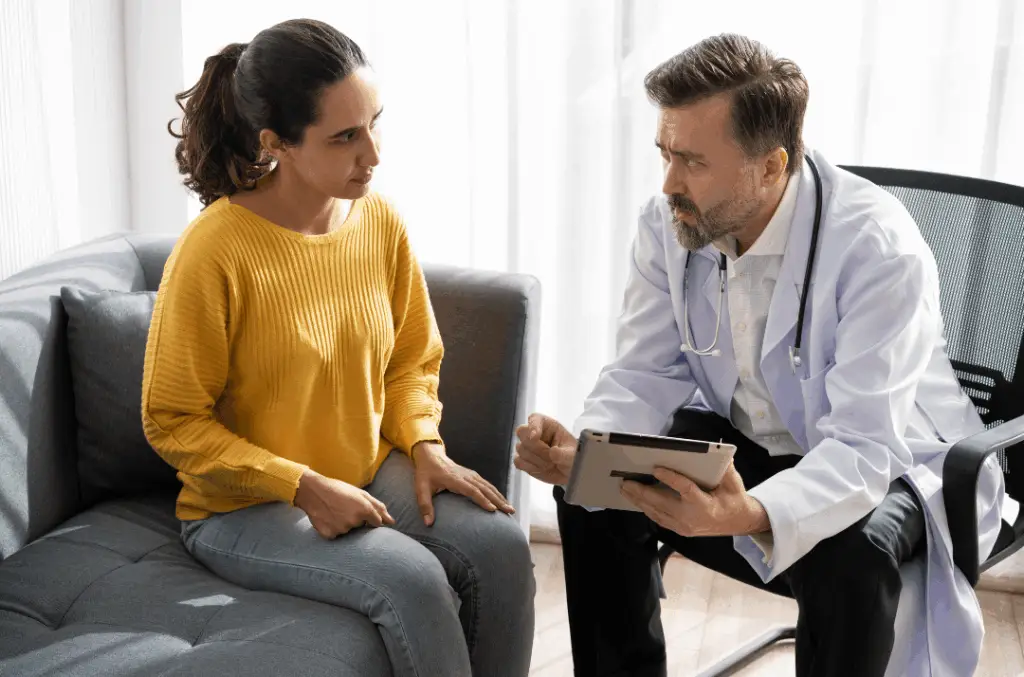Pancreatic cancer is a malignant tumor that develops in the pancreas, a vital organ located behind the stomach. It is often referred to as a “silent killer” due to its subtle symptoms in the early stages, leading to delayed diagnosis and poor prognosis. In the aging population, the incidence of pancreatic cancer increases significantly, especially in individuals over the age of 65.
Pancreatic cancer is a challenging and often devastating disease that affects people of all ages. However, it is more prevalent among the aging population, with a higher incidence and mortality rates observed in older adults. As life expectancy continues to rise, understanding the unique challenges and opportunities for early detection in this demographic becomes crucial. Explore the complexities of pancreatic cancer in the aging population and the potential strategies for improving early detection and patient outcomes.
I. Importance of Early Detection in Improving Outcomes
As people age, the incidence of pancreatic cancer increases, peaking in individuals over 80. Aging involves cellular changes and genetic mutations that raise the risk of cancer development. Additionally, older adults may have weaker immune systems, making them more susceptible to cancer progression.
Several risk factors contribute to pancreatic cancer in older adults, such as smoking, family history, obesity, diabetes, chronic pancreatitis, and certain genetic syndromes. Identifying these factors helps healthcare providers assess the likelihood of developing the disease and customize screening and prevention.
Early detection plays a crucial role in improving the prognosis and overall survival of pancreatic cancer patients. When the disease is diagnosed at an early stage, treatment options are more effective and offer a higher chance of successful outcomes. However, detecting pancreatic cancer early in older adults can be particularly challenging due to various factors, including age-related symptoms, comorbidities, and screening limitations.
II. Challenges in Diagnosing Pancreatic Cancer in Older Adults
One of the main challenges in diagnosing pancreatic cancer in older adults lies in the overlap of symptoms with age-related conditions and comorbidities. For example, weight loss, fatigue, and gastrointestinal symptoms may be attributed to other chronic illnesses, delaying the recognition of pancreatic cancer.
Screening for pancreatic cancer in older adults presents certain challenges due to the invasiveness and cost of imaging techniques such as endoscopic ultrasound and magnetic resonance cholangiopancreatography (MRCP). Additionally, older individuals may have multiple health issues, making them less likely to undergo extensive screening procedures.
III. Opportunities for Early Detection
- Emerging Biomarkers and Imaging Techniques for Early Diagnosis
Medical research has identified potential biomarkers and imaging techniques for early detection of pancreatic cancer. Biomarkers like CA 19-9 and CEA can identify high-risk individuals and monitor treatment response. Non-invasive imaging techniques such as contrast-enhanced CT and PET have shown promise in detecting early-stage tumors.
- The Role of Genetic Testing and Personalized Medicine in High-Risk Individuals
Genetic testing can identify individuals with a family history of pancreatic cancer or genetic syndromes that predispose them to the disease. Early identification of high-risk individuals allows for personalized surveillance and preventive measures, potentially leading to earlier diagnosis and improved outcomes.
IV. Managing Treatment Decisions in Older Adults with Pancreatic Cancer
The treatment plan for older adults with pancreatic cancer carefully considers their overall health and life expectancy. The medical team assesses the benefits and side effects of options like surgery, chemotherapy, radiation therapy, and immunotherapy to prioritize the patient’s quality of life.
Personalized care that considers the patient’s preferences, goals, and values is essential in providing comprehensive treatment for older adults with pancreatic cancer. Shared decision-making involving the patient, their family, and the healthcare team helps ensure that treatment choices align with the patient’s wishes.
V. Supportive Care and Quality of Life for Older Patients
A cancer diagnosis can have a profound emotional impact on both patients and their families. Older adults may face additional challenges in coping with the disease, including concerns about caregiving and end-of-life decisions. Providing psychological support and counseling can help patients and their families manage the emotional complexities of pancreatic cancer.
Palliative care plays a crucial role in managing symptoms, alleviating pain, and improving the overall quality of life for patients with pancreatic cancer, particularly for those in advanced stages. Integrating palliative care early in the treatment process can significantly enhance patient well-being.
VI. Lifestyle and Prevention Strategies for the Aging Population
Promoting healthy lifestyle choices such as regular exercise, a balanced diet and smoking cessation are critical to mitigate the risks of a variety of health issues. Regular health screenings for pancreatic cancer and other conditions along with timely attention to potential warning signs can lead to early intervention and better treatment outcomes.
VII. Collaboration and Awareness
Providing comprehensive care for older adults with pancreatic cancer requires collaboration among various healthcare specialists, including oncologists, geriatricians, surgeons, nurses, and palliative care providers. This interdisciplinary approach ensures that the patient’s unique needs are addressed from multiple perspectives.
Increasing public awareness about the prevalence and risk factors of pancreatic cancer in the aging population is crucial in promoting early detection and timely intervention. Educating both older adults and healthcare professionals can lead to better recognition of symptoms and more proactive health-seeking behaviors.

Pancreatic cancer in the aging population poses significant challenges but also presents opportunities for improving early detection and patient outcomes. By recognizing the unique risk factors and screening limitations in older adults, healthcare providers can develop targeted strategies for timely diagnosis and personalized care. With advancements in research and technology, combined with a collaborative and comprehensive approach to care, a future with early detection and improved outcomes for older adults with pancreatic cancer is within reach. By joining hands and advocating for awareness, we can make a significant difference in the lives of older patients and their families, empowering them to face pancreatic cancer with hope.
Sadly, pancreatic cancer still has one of the lowest 5 year survival rates of any kind of cancer, at about 12%. Help increase the 5-year survival rate from 12% to 50% in the next decade.
Together, let’s gift the world with hope and a brighter future. Donate to TrovaNOW and support early detection and prevention of pancreatic cancer. Visit www.trovanow.com to get involved and donate today.





